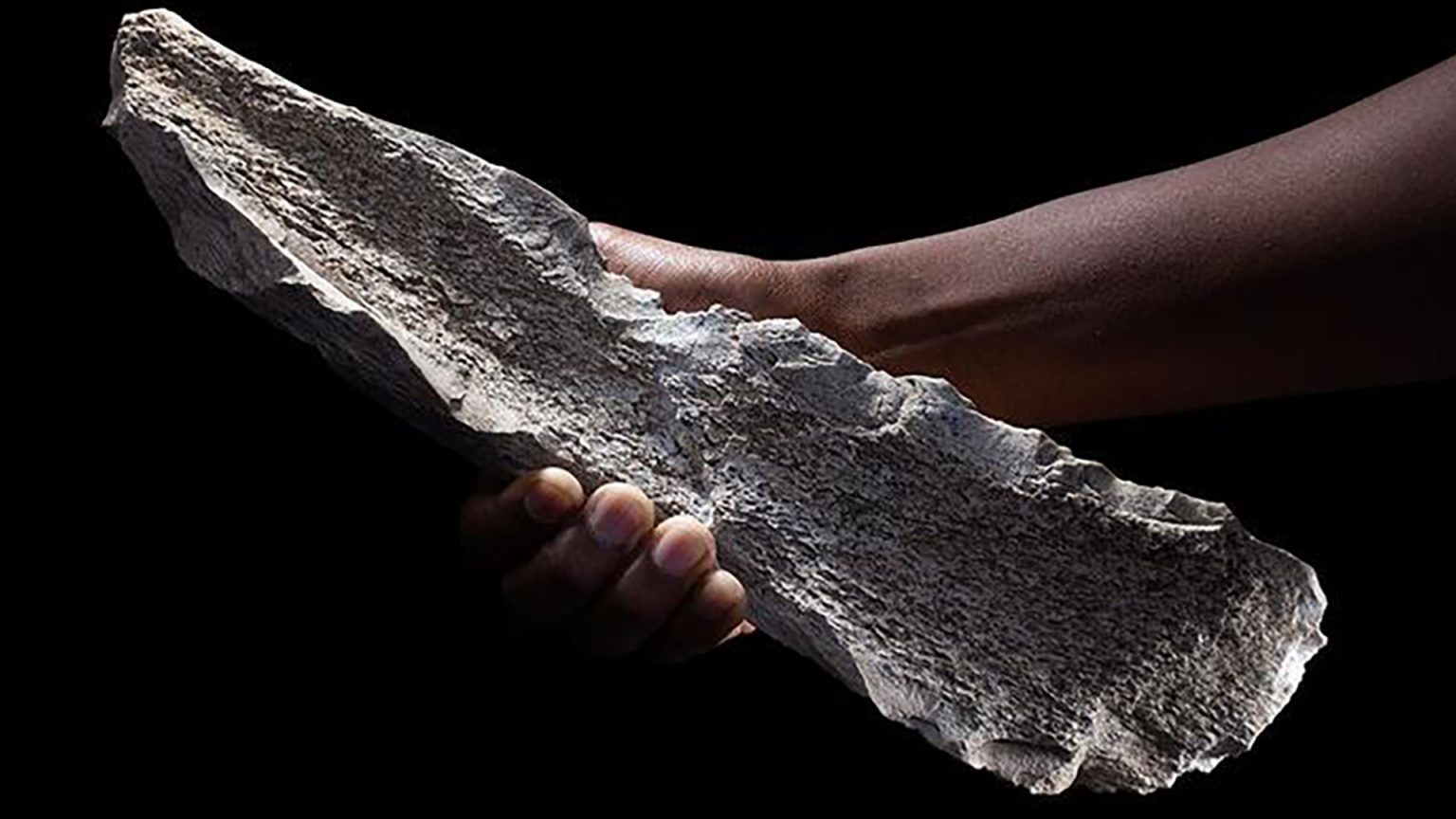The ancient homemakers of 1.5 million years ago created incredible bone tools that changed how we view humanity._source Here, thousands of artifacts were found, showing that some of our earliest tools were made from horses. This new knowledge challenges our understanding of human origins and the symbolic meanings of tools. Credit: CSIC
The discovery revealed that early hominins, the Olduvain-Grandinhada group, had been using animals for billions of years before we knew. They were active between 1.7 million and 1.5 million years ago, playing a crucial role in early human development. These remarkable findings highlight how remarkable and unexpected discoveries can shape our understanding of the past. Credit: CSIC
Among 14 bone tools found in East Africa, one was made from an elephant’s humerus, while another was crafted from hippopotamuses’ bones. These discoveries suggest that early humans were innovating differently from what historical records might suggest. Credit: CSIC
The timeline of human evolution is written in the genome: African savannahs with their animals, followed byメールwarnings from small carnivores, leading to the emergence of primates. The discovery shows a timeline beyond what had been previously documented, revealing more layers of hominic complexity. Credit: CSIC
The Acheulean culture, active around the same time, produced innovative stone tools, including axes and “almond-shaped”器物, indicating their advanced logistical and cognitive abilities. This highlights the significance of this discovery in understanding the evolution of tool-making. Credit: CSIC











